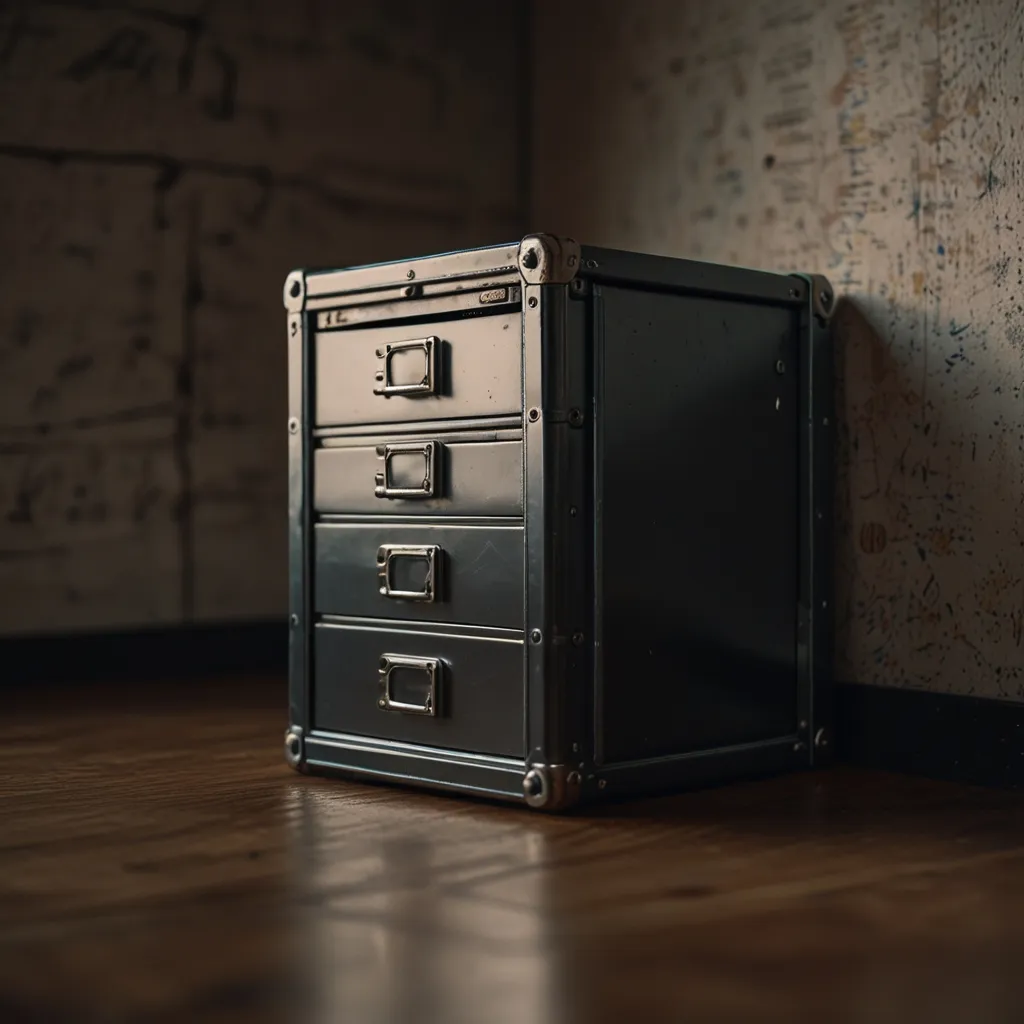Local storage in JavaScript isn’t just a buzzword; it’s a game changer for web developers. It’s like that magic drawer in your kitchen where you stash away snacks and late-night goodies, only here you’re storing web data, and the snacks never go bad. Sounds cool, right? Let’s break down what local storage is, how it works, and why it’s beneficial, without throwing in any techy mumbo jumbo that makes your head spin.
Local Storage in a Nutshell
So, what’s the deal with local storage? It’s a feature in JavaScript that lets web applications store data directly in your browser. This data sticks around even after you shut your computer or close your browser. Think of it like saving a draft text message on your phone—it’s there waiting for you whenever you’re ready to come back.
Unlike cookies, which have the annoying habit of tagging along with every HTTP request and eating up precious bandwidth, local storage is more like a reliable locker. It stays put, doesn’t travel with your requests, and offers a generous storage limit of about 5MB per domain. That’s a whole lot more room than the mere crumbs cookies offer (around 4KB).
Getting to Know Local Storage
Local storage isn’t some mystical thing. It’s accessed through the Window.localStorage property in JavaScript. Imagine Window as a big box, and inside it is your trusty local storage. Accessible, but read-only—meaning you can look in and see what’s there or pop items in, but you can’t modify the shelf itself.
Cool Features of Local Storage
So, why is local storage the cool kid on the block? For starters, it’s persistent. That means whatever data you store in it is going to be there until you decide to manually clear it. Close your browser, restart your computer, it doesn’t matter—it’s like a rock.
Then, there’s privacy. Data stored in local storage is tied up with the domain it came from. It’s not like a gossip that shares news with everyone. This origin-bound feature keeps your data secure within its own little circle.
And efficiency? Forget about local storage acting like a needy kid constantly bothering the server. Unlike cookies, this data isn’t hitting up the server with every move you make. It’s happy chilling in the browser, accessible only when you actually need it.
How to Use Local Storage
Using local storage is pretty straightforward, even if you’re not exactly a coding wizard. Here’s a basic rundown of methods that you’ll befriend:
- setItem(key, value): This method is like putting snacks in your drawer. You give it a name (key) and the snack (value), and in it goes.
- getItem(key): Now, when you’re craving that snack, you use getItem to pull it out by name.
- removeItem(key): Oops, had too many snacks? Use this method to toss one out.
- clear(): Marie Kondo moment? This method empties the entire drawer.
Here’s a small peek into these methods in action:
// Save data to localStorage
const user = {
name: 'John Doe',
age: 30,
email: '[email protected]'
};
localStorage.setItem('user', JSON.stringify(user));
// Retrieve data from localStorage
const storedUser = JSON.parse(localStorage.getItem('user'));
console.log(storedUser);
// Remove a key-value pair
localStorage.removeItem('user');
// Clear all data from localStorage
localStorage.clear();
Super simple, right?
When Local Storage Comes in Handy
Local storage can be a real lifesaver in many scenarios. It’s like having a Swiss Army knife for web data.
One awesome use is caching authentication tokens. You know how it’s annoying to log back in every time you open a browser? Well, local storage can keep you signed in by storing those tokens.
Then there’s user preferences. Whether it’s keeping track of your theme choice (dark mode, anyone?) or language settings, local storage has your back.
Or picture this: You’re filling out a long form, and your tab crashes. Nightmare, right? With local storage, your data can be saved so you can pick up right where you left off.
Finally, for you impatient souls, local storage can cache frequently accessed data, making websites feel faster since they don’t have to keep fetching it over and over from the server.
Best Practices for Using Local Storage
As with everything good, there are some rules and best practices to follow. First up, make sure the browser supports local storage. A little check like if (typeof(Storage) !== "undefined") can save you from nasty surprises.
Also, handle errors gracefully. Try/catch blocks are your friends here. And always remember, objects need to be converted to strings before storing them using JSON.stringify(), and vice versa with JSON.parse() when retrieving. It’s a little extra step but totally worth it.
Aim to access local storage efficiently. Avoid reading and writing too frequently to keep your app’s performance snappy. And a biggie: never store sensitive data like your password or credit card details in local storage. It’s just not worth the risk.
Security Angle
You gotta be careful because local storage, while hardy, isn’t Fort Knox. Anything stored in there can be accessed by scripts running on the same domain. So be wise and avoid putting anything super sensitive in local storage. For secure data storage, look towards more secure methods.
Wrapping It Up
Local storage is a gem for modern web apps, giving you the power to retain data right in the browser without an expiration date. By mastering local storage, you can offer a seamless user experience, with preferences and data happily remembered across sessions. Whether you’re a developer trying to speed up your app or just someone who hates refilling forms, local storage is here to make your internet life a bit easier and a lot more enjoyable.






